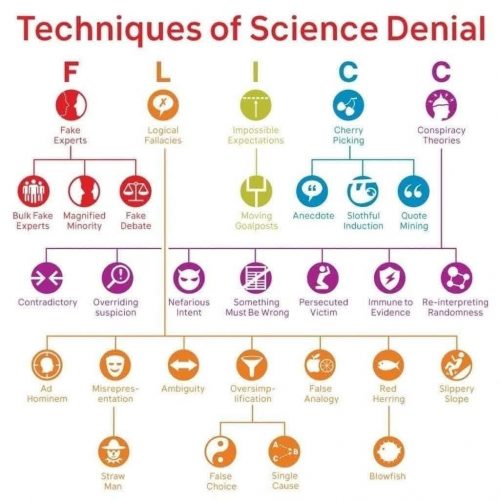Just in time for your Christmas shopping list!
It seems obvious today that people are operating on different principles for defining good and evil. Some people seem to believe that it’s virtuous to massacre Palestinian children, strangle homeless people on the subway, murder healthcare CEOs (or deprive people of health care), and oppress trans people. All those things would put you on my naughty list! What are the rules for ethics and morality anyway? Are there any?











